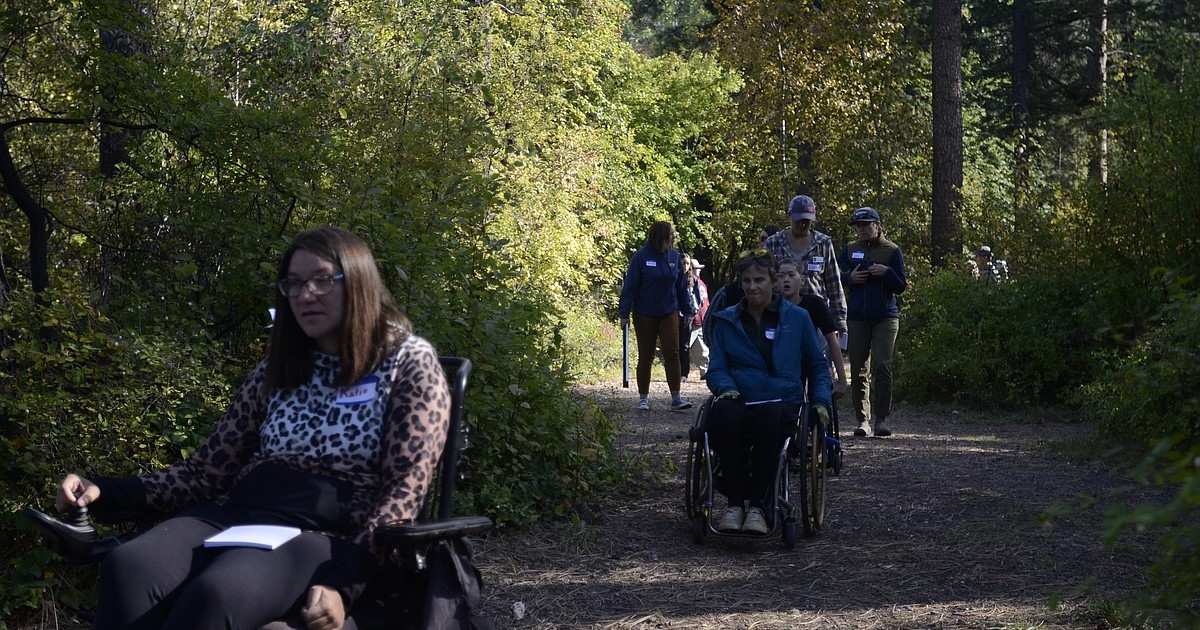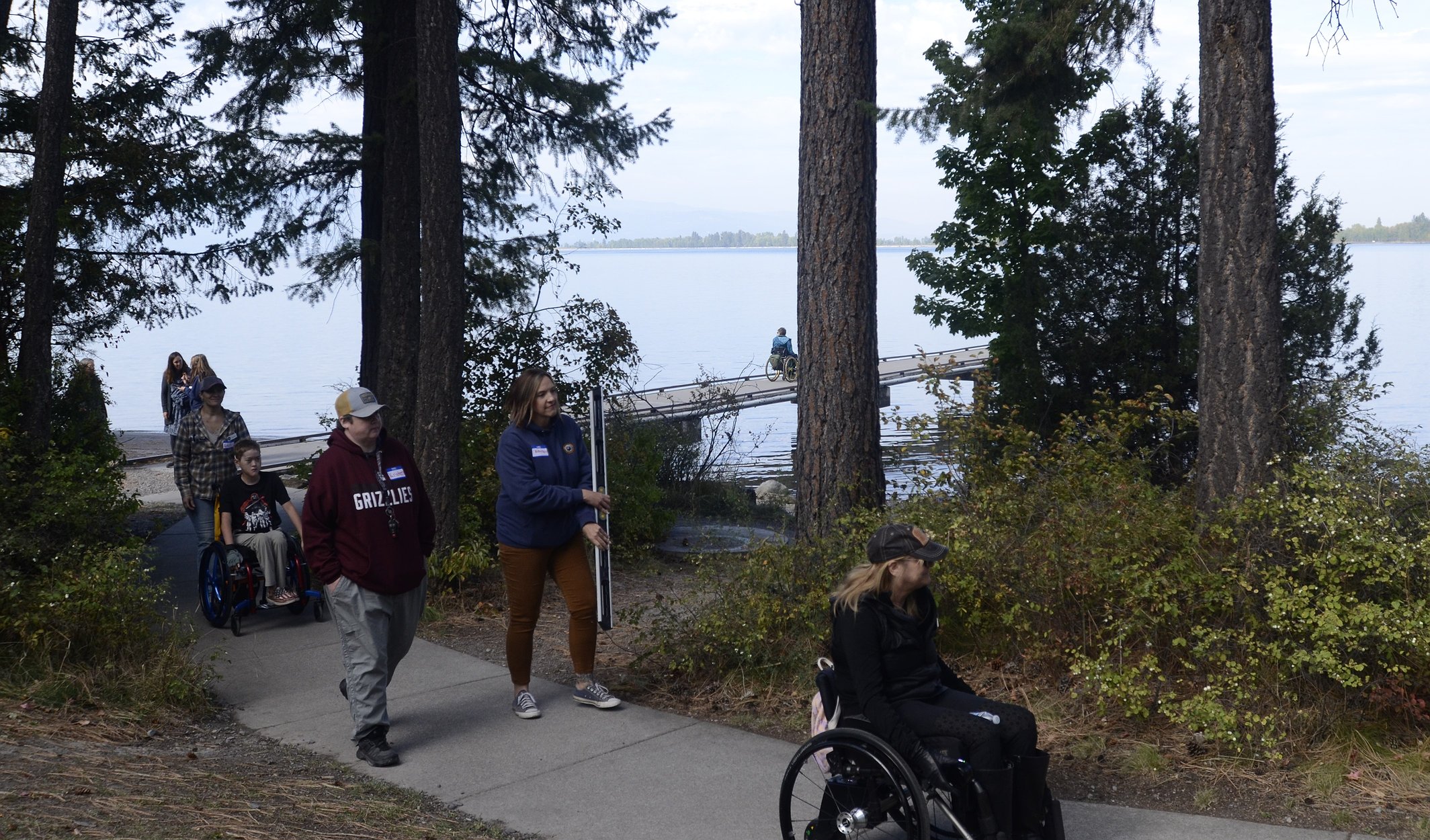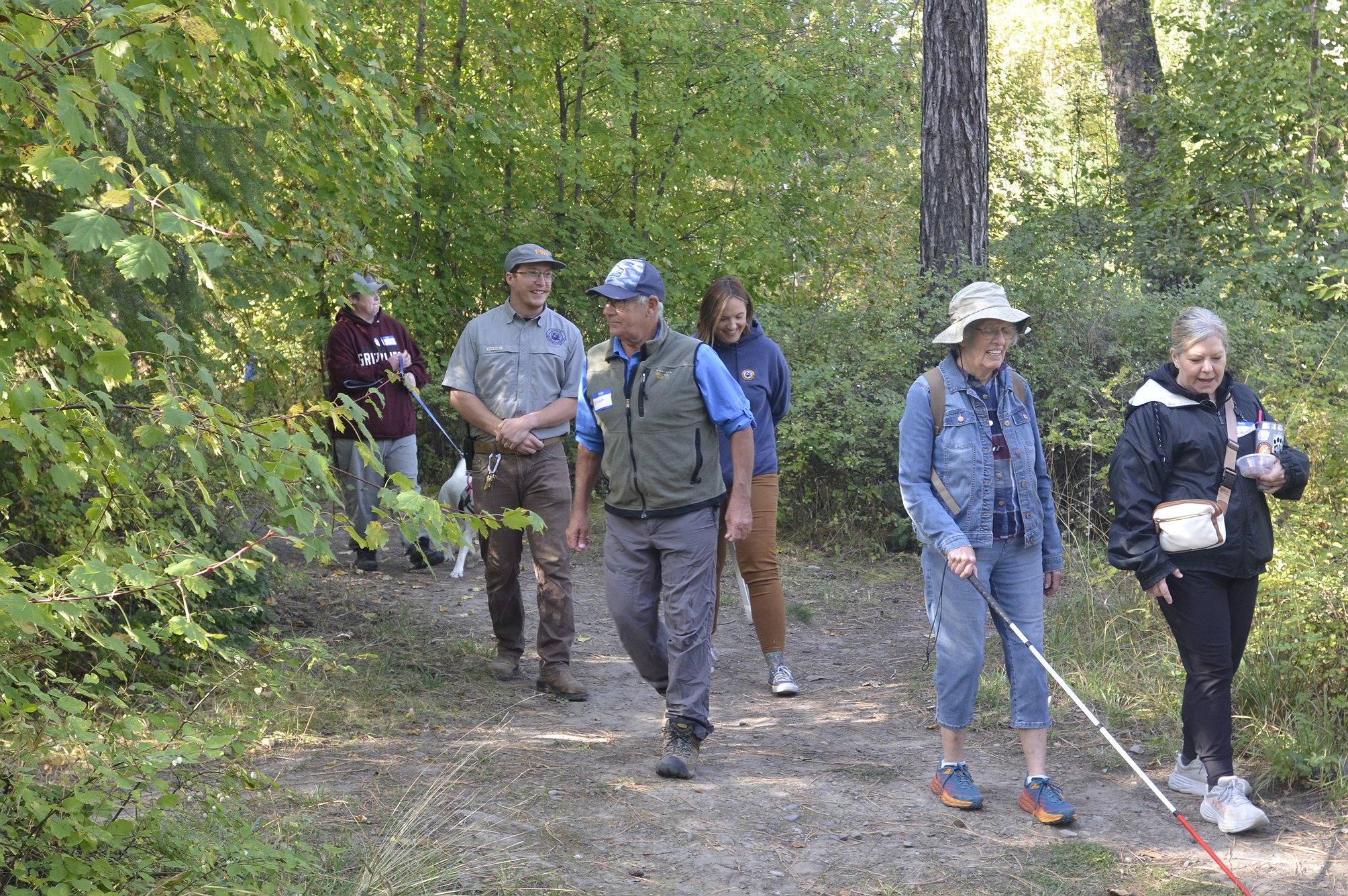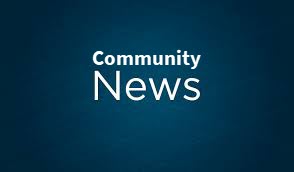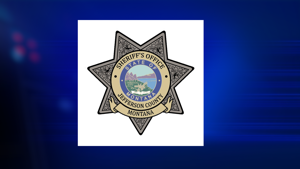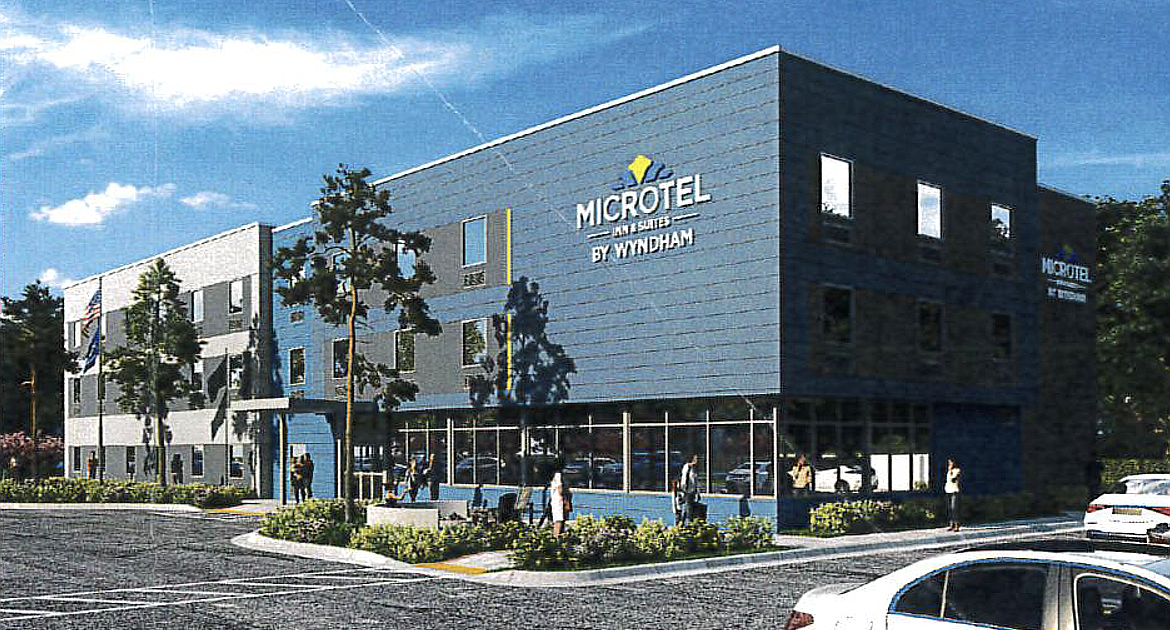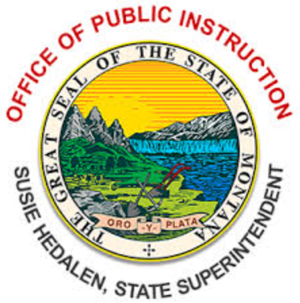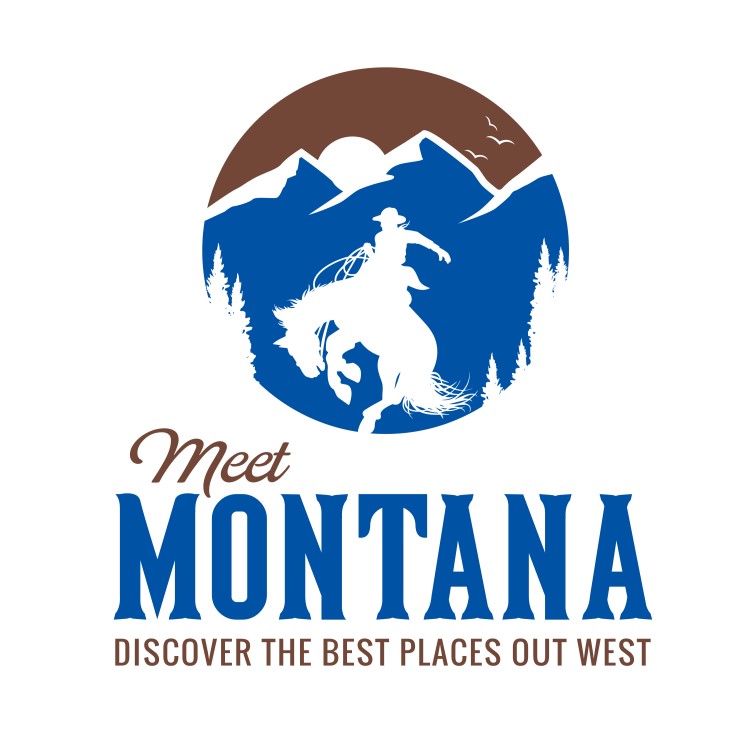Description
With its monumental peaks and vast valleys, western Montana has long been revered as an Eden for outdoors enthusiasts of all stripes. A patchwork of public forestlands creates a haven for hikers and hunters alike, and cool glacial lakes draw ample beachgoers during the warm summer months.
For thousands of Montanans living with disabilities, though, accessing those treasured landscapes can be a challenge.
Kalispell resident Erin Hoch said she rarely visits state parks. Her son, Jaxen Flores, uses a wheelchair due to complications from a rare genetic disorder called infantile pompe. While the family enjoys time outdoors, Hoch said she struggles to find trails and facilities that accommodate Jaxen’s mobility needs. Those limitations have long been a source of frustration, especially as Jaxen has grown into what Hoch described as a bit of a daredevil.
“Just because we have a different ability doesn’t mean we don’t want the dirt and don’t want the adventure,” she said.
This week, Hoch and Flores joined more than a dozen members of Montana’s disability community at the Wayfarers Unit of Flathead Lake State Park to kick off the newest chapter in the statewide Park Accessibility Project. Headed by the Montana State Parks Foundation, the project aims to make outdoor recreation safer and more accessible for all residents, including those with disabilities.
In 2022, the project purchased an all-terrain wheelchair for Lone Pine State Park, which visitors can reserve for use, and the next year saw a new accessible boat launch installed at Frenchtown Pond State Park in Missoula.
Flathead Lake State Park sees about 360,000 visitors a year, more than almost any other state park in Montana, making it an ideal candidate for the foundation’s next accessibility project. Amy Grout, manager of the Wayfarers Unit, said she was eager to sign on to the project because her own father used a wheelchair late in life.
“That really changed my life, and my view on just making things accessible,” she recalled.
That sort of experiential knowledge is central to the Park Accessibility Project’s approach, explained Megan Buecking, executive director of the Montana State Parks Foundation. The Americans with Disabilities Act provides some standards for making public buildings and parks more accessible, but Buecking said the federal guidelines are often insufficient when put into practice.
“You can't have those insights unless you have someone with the lived experience there to show what the reality is,” she said.
For help gathering those insights, Buecking contacted Meg Traci, a researcher at the University of Montana’s Rural Institute for Inclusive Communities with expertise in a practice called Inclusive Interdisciplinary Walk Move Audits.
The premise of a walk move audit is simple: Participants move along a pre-determined path while considering aspects of the space like connectivity, site design and safety. At the end of each segment, a facilitator asks the auditors to rate the pathway, provide examples of things they liked and disliked, and propose solutions for any issues they identified.
But Traci said the outcome of a walk move audit is often more than the sum of its parts. Convening people with a spectrum of abilities can foster deeper understandings of the issues at hand and provides an opportunity for collaborative problem-solving.
“It’s really about shared discovery,” she said. “It’s about moving through a space together.”
On Sept. 29, Traci led more than a dozen volunteers through a walk move audit at the Wayfarers Unit. Several participants used wheelchairs. Others had hearing or vision impairments. Some were able-bodied, but they cared for or worked closely with people with disabilities.
Meandering along a dirt trail near the waterfront, the group pointed out major and minor hurdles alike. Roots and rocks occasionally snagged the wheel of a wheelchair. A short but steep downhill section elicited a mixture of fear and excitement. A handful of participants discovered just how mazelike the park’s network of social trails could be after they were briefly waylaid by a cool lakeside breeze.
Despite a growing list of practical concerns, one of the most persistent themes of the exercise was the park’s natural beauty. With the summer crowds long gone, the shore was nearly empty, and participants lauded the trail’s wildness. Buecking emphasized that any future renovations would seek to preserve those assets.
“There are a lot of changes that will make the park more accessible without changing the essence of the park,” she said.
Buecking said she plans to work with stakeholders to develop a formal project proposal that uses the results of Monday’s walk move audit alongside an accessibility report that Montana Fish, Wildlife and Parks interns completed this summer. She hopes the foundation can finalize the proposal and begin implementing improvements within the next few years.
Reporter Hailey Smalley can be reached at 758-4433 or [email protected].
Other Related News
10/09/2025
The Middle Fork of the Flathead River reached a record low flow for Sept 28 as a drought ...
10/09/2025
BOULDER Mont Jefferson County Sheriff Tom Grimsrud is clearing up misinformation about hi...
10/09/2025
The Bob Marshall Wilderness Foundation is holding its annual year-end celebration and fun...
10/09/2025
A request for a conditional use permit to operate a three-story hotel in Bigfork is going...
10/09/2025


